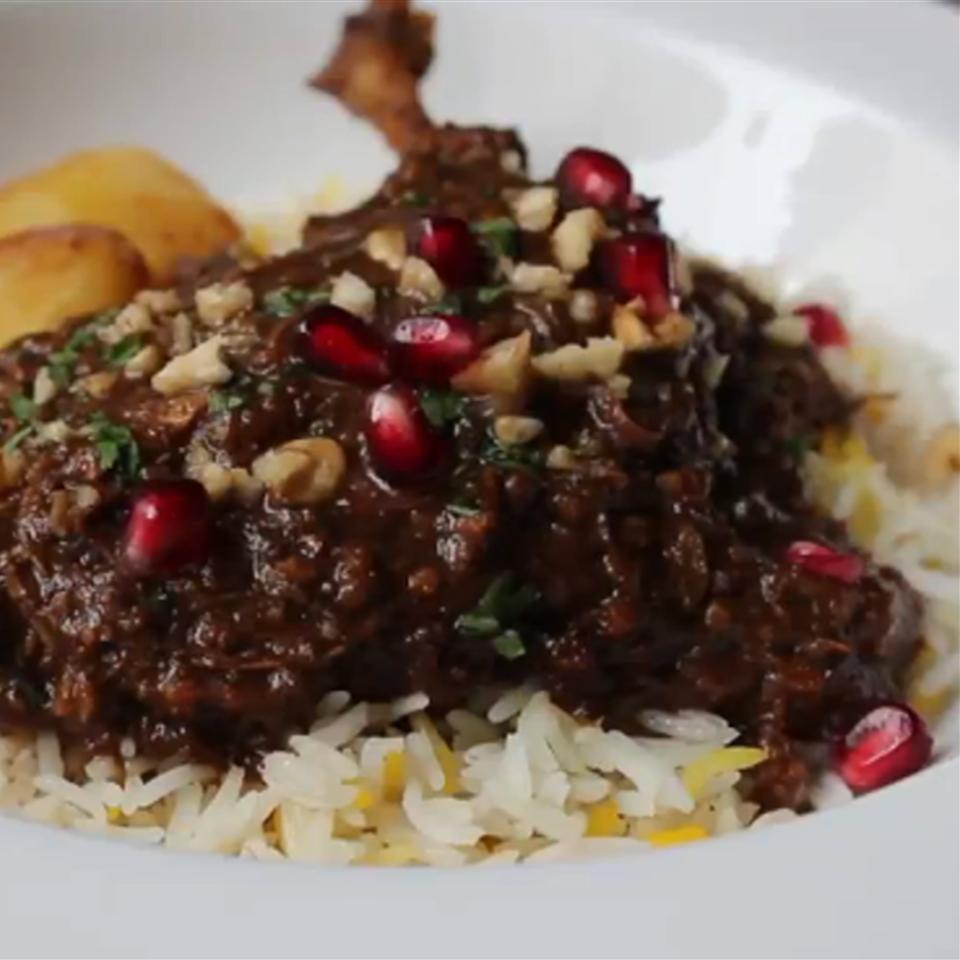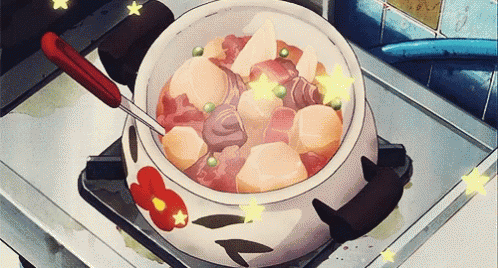The Slow Cook (Part 3)
Last time, we discussed two of the three basic elements of our braise: the browned meat and the aromatic base. Let’s now move on to the third element, the cooking liquid. The simplest choice is obviously water, which works just fine when the aromatic base is complex enough. There is already so much flavour in the spiced base of a nalli nihari, rogan josh, hong shao rou or lamb tagine that you need little more than water to bring the dish together.

The use of dairy is unusual in a braise, especially in the West, but it does produce some great dishes. The traditional Italian dish Maiale al Latte involves braising pork in milk, with the caramelized milk curds accounting greatly for the flavour and texture of the final dish. Coconut milk forms the base for the Malaysian beef rendang, which caramelizes and reduces over the cooking time, reinforcing the flavours of the already punchy spice base to create a truly amazing dish.

Wine is great for deglazing the pan, and many great stews are primarily wine based. Two great examples are the French classics Coq au Vin and Boeuf Bourguignon, both of which use red wine to bring the sauce together. Red wine is also used in marination of the meat beforehand in both dishes, a great example of how the French are masters in using a handful of local ingredients to create masterpieces.

Unlike wine which simply needs uncorking, a stock itself has a complex, time-consuming recipe, made by simmering bones, meat, seafood, vegetables and aromatics in water. It takes hours, with the production of an incredibly flavourful liquid. Stocks form the basis for numerous sauces, soups and stews. Some of the best dishes are based on complex, flavourful stocks, like bouillabaisse or ramen, good versions of the latter taking upto 3 or 4 days or more to be ready. While the actual fish or noodles take minutes to cook, the element of flavour, once again, is a handiwork of time.

So, why bother to make a stock instead of simply adding water to a cooking stew? Do they really add a complexity of flavour, something that is necessary in a Western stew with a handful of simple aromatics? Pollan argues that stocks play a much bigger role : “The most important quality that a long-simmered stock contributes to any dish it is added is the seductive and still somewhat mysterious fifth taste called umami”.

We have talked about umami in our FATS series, that savoury, meaty flavour primarily attributed to glutamate and other molecules like inosine and guanosine. It so happens that cooking meat and other ingredients for prolonged periods breaks down their proteins to simple glutamate and other analogues which contribute to the umami flavour profile of the stock and consequently, to any stew it is added to. Stocks are a staple in almost every Western stew.

Along with the cooking liquid goes in the last few ingredients. Just like the aromatics, these ingredients give the dish a geographical and cultural identity. Think of the crushed tomatoes in a Bolognese, goulash or chili con carne, or the vinegar and soy sauce in a duck adobo, the pomegranate molasses and walnuts in a fesenjoon (or fesenjan), or the mirin and sake in a nikujaga.

A good braise is all about the layering. You could cook the aromatics and brown the meat in separate pans, deglaze the latter with some wine and finally assemble veggies, meat and deglazed fond into the final cooking vessel. Or, you could do all steps in the same pan; browning the meat beforehand and cook the aromatics in its rendered fat, scraping off the fond produced by the meat and creating more as the aromatics caramelize, thus layering flavours in the same pot. You get the gist. Once you have the basic formula set, you can play around with the actual process any way you like.

It’s time for the final step, the step which takes the least effort and the most time (apart from marination perhaps). It is now time to leave the pot alone and let magic happen. Join us next time as we conclude our series. We’re in the endgame now, and things will come together really soon.

One Comment Add yours